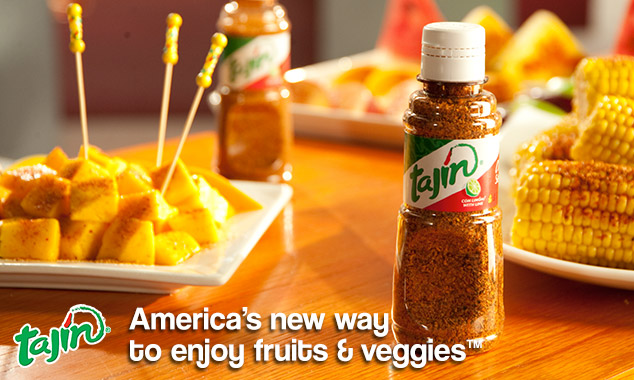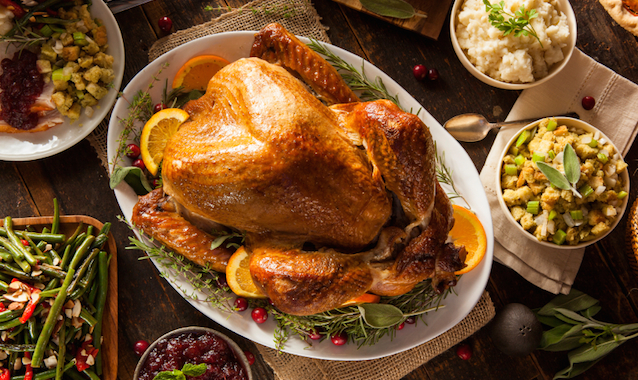DIY Costumes: Don’t Break Your Head or the Bank
October 5, 2019
I’ll be honest right upfront and admit that our family has a costume addiction. For us, costumes are not just for Halloween. We use them for parties, conventions, open nights, and more. We’ve taken every possible route to costuming—everything from slaving for months to create an exact replica to buying something straight out of a package. From all of this experience, I have developed a system for choosing and creating a costume that the kids will love . . .without making it a full-time October job.
1. Browse all the options related to your child’s interests.
This step requires you to think in broad strokes. Look through all the pictures and ideas out there in relation to your favorites. Rather than automatically focusing on the main character or the most popular, which one will provide the most fun to BE? Which seems the most likely to be recreated?
Example:
Harry Potter is a perennial favorite in our home. But rather than dress as the main character, we’ve looked at all the possibilities to find what is the most fun or fitting for our family. This fandom, in particular, allows kids to be their own characters within the world rather than someone already defined.
2. Simplify
Keep in mind that the costumes you buy from a store usually
just print a picture of an outfit onto a basic material jumpsuit. It might have
the exact representation of that character, but it doesn’t look all that
realistic. Similarly, you do not need to recreate the exact outfit of the
character. Simplify the overall look into basic pieces and colors. What are the
main colors and shapes? What two or three things really define this outfit?
Example:
Disney uses the idea of a few key pieces and colors to their advantage when creating princesses. For three-fourths of their princesses, a long dress or skirt of a certain color, matched with a particular hairstyle and a prop will create a very recognizable character. If you see a long yellow dress, an up-do with curls, a rose, and a basket of books, I bet you could name that princess!
3. Find the Big Pieces
Once you have that color palette, you need very little else. With the exception of dresses, the shape of what you choose doesn’t really matter. This opens up two fabulous options. First, you can think of what is already in your closet, which is super friendly for the wallet. Second, if you don’t already have something that will work, you can consider what you could buy that will be useful in real life as well as a costume—a pair of solid color sweat pants or a long sleeve shirt that will look fun without the costume elements.
Example:
My favorite example is when we put together a Sherlock costume. Nothing about the actual shirt and pants mattered. No one really pays attention to Sherlock’s pants. They recognize the jacket. We hunted down a thin trench-type coat and painted the garish gold buttons black to match. It ended up being the go-to jacket for nicer events many times after that! That costume piece turned into the best ten dollars I’d spent in a while.
4. Focus on the Accents
Spend most of your time and creativity on the recognizable parts of the character you are creating. Now that the bigger parts are done, you do not need to be intimidated by the whole thing at once. Get out your glue gun, fabric paints, and extra materials to add detail one bit at a time. It might mean painting stripes on a sweatshirt or gluing flowers on a headband. If you’re not sure which things are most important, ask your child. They’ll know where to focus. It could be the stripes don’t mean that much to them but the soft fabric tummy is a must!
Example:
Pokémon have jumped back up in popularity lately and they are another perfect example of basic identifying factors. f you have a yellow sweatsuit, you can focus on making ears and a lightning tail for Pikachu. Or you can add ears, fluff around the neck, and attatch a tail to tan sweats for Eevee.
5. Finish It Off with Flair
For a child, changing things up is really exciting. Adding a particular hairstyle or color, face paint, glitter, or any other extra detail will take them from being in costume to actually being that character for a day.
Example:
You have the ideal Rey from Star Wars costume: draping material, arm wraps, a cool belt, and a staff-like weapon. Your child puts it on and feels ready to duel. When you add the three bun hairstyle, your child becomes a Jedi and is ready to defend the galaxy.
In the end, with a strategic amount of creativity and
thought, you can create a fun, one-of-a-kind, and reusable costume to give your
child a night full of imagination.





